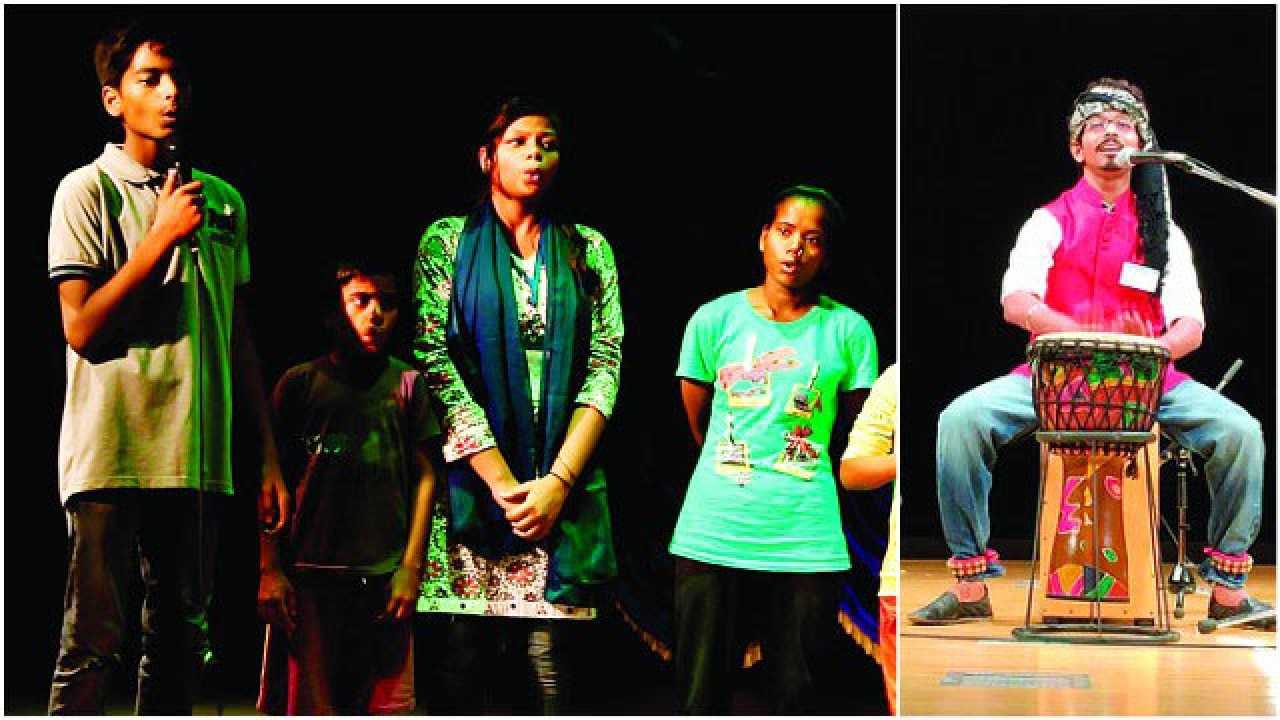Play all audios:
They love to whistle, and no, they aren't eve-teasing. This lot would rather make a living of their tooting talent, finds out Shai S Whistlers at a community workshop by Indian
Whistlers’ Association in Patna, (Right) Nikhil Rane won in the Hikifuki category at the World Whistlers Convention 2016, in Japan To Rigveda Deshpandey goes the credit of taking whistling
out of the bathroom and elevating it to an art form that is putting India in the global reckoning. As founder and president of the Indian Whistlers' Association (IWA), Deshpandey has
led the 70-member association to clinch big titles in international whistling competitions. Among IWA's many laurels are three first prizes at the World Whistlers Convention 2016, held
in Kawasaki, Japan, in July;wins at the 37th International Whistlers Convention in China in 2010; and an entry into the Limca Book of Records for the maximum number of whistlers, 48,
whistling 'Sare Jahan se Accha' in unison, in 2009. "I'm extremely overwhelmed and proud about winning these prizes for my country," says Swetha Suresh, who bagged
two prizes in the Recorded Accompaniment and the Allied Arts categories at the World Whistlers Convention 2016. The Chennai-based professional whistler, singer and stage performer had
whistled to a western classical piece (Mozart's 'Queen of the Night') as well as to a Tamil (Carnatic) movie song. She also whistled and danced the Bharatnatyam
simultaneously. "It's a big deal, but we still have a long way to go," she says. Internationally, whistling has a strong presence in Japan and China. The Japan Whistling
Confederation (JWC), established in 2011, promotes the art by organising whistling events and supporting whistlers. Similarly, the Qingdao Whistling Institute of China is well known for its
contribution to whistling. In India though, whistling is associated with "time pass" and eve-teasing. It is additionally marred by superstition; many believe that whistling indoors
brings poverty or that whistling after dark attracts snakes. "In India, every fourth person can whistle, but they have remained bathroom whistlers," says Deshpandey, a sound
engineer, who established IWA 12 years ago to find, meet and bring whistlers from all over India on a single platform. "I want whistling to be recognised as an art form. I also want
whistlers to be able to make a living from it." The IWA has 70 members from Mumbai and Chennai, and 400 members online. RAISING THE NOTES What's noteworthy is that Indian whistlers
have achieved these honours without state support or sponsorship. "My elder brother raised funds for me and so I could compete," points out Nikhil Rane, who won the first prize in
the Hikifuki category by synchronising whistling with instruments like djembe and cajón box, at the World Whistlers Convention 2016. "My family has supported me throughout."
Deshpandey adds, "I always ask fellow whistlers to bring their family members to performances so they understand that whistling is not just time pass." Deshpandey would like to see
the IWA host a national whistling competition on the lines of Indian Idol, but for now, he and fellow whistlers are pouring their energies to set a Guinness World Record—that of 1,000+
whistlers simultaneously whistling 'Sare Jahan se Accha' and 'Vande Mataram' to a backing track (karaoke) or a live band, this November. GUINNESS RECORDS FOR WHISTLING
Guinness World Records documents the longest marathon whistling, which lasted 25hr 30min 5sec. The record was set by Canada's Jennifer Anavi Davies in Dachau, Germany on October 2-3,
2010. She rotated among a selection of 125 tunes, each lasting at least 2 minutes. The Guinness World Record for the highest pitched whistle was set by American Michael J Stuart on January
11, 2016. The whistle had a frequency of 4186 Hz. DID YOU KNOW? Whistling is a mandatory subject for primary students in La Gomera, in the Spanish Canary Islands. La Gomera inhabitants speak
in a language of whistles — to communicate across the deep ravines and narrow valleys of the island.

